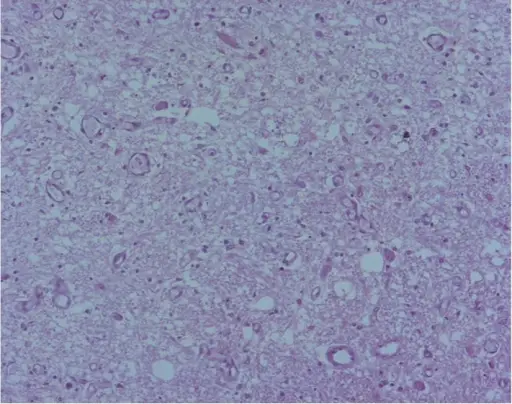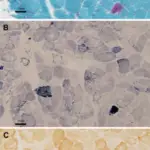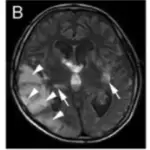Leigh syndrome is a rare genetic neurometabolic disorder that is characterized by the degeneration of the central nervous system.
What is the Pathology of Leigh syndrome?
Etiology: The cause of Leigh syndrome is mutation in mitochondrial DNA or by deficiencies of an enzyme called pyruvate dehydrogenase.
Genes involved: MT-ATP6, SURF1.
Pathogenesis: The sequence of events that lead to Leigh syndrome are oxidative phosphorylation deficiencies.
Histology: The histology associated with Leigh syndrome shows vacuolation of the neuropil in a background of relative neuronal preservation, associated with demyelination, gliosis, and vascular proliferation and thickening.
How does Leigh Syndrome Present?
Patients with Leigh syndrome are in the age range 3 months to 2 years and affects more males than females. The symptoms, features, and clinical findings associated with Leigh syndrome include nystagmus, developmental delay, and ataxia.
How is Leigh Syndrome Diagnosed?
Leigh syndrome is diagnosed by using the following criteria physical exam and genetic tests.
How is Leigh Syndrome Treated?
Leigh syndrome is treated specifically to minimize the symptoms. Supportive care for Leigh syndrome includes treatment of acidosis, seizures, dystonia, and cardiomyopathy, and attention to nutritional status. Evaluations with a neurologist, ophthalmologist, audiologist, and cardiologist are recommended.
What is the Prognosis of Leigh Syndrome?
The prognosis of Leigh syndrome is poor.



